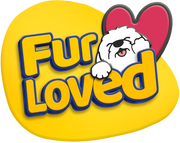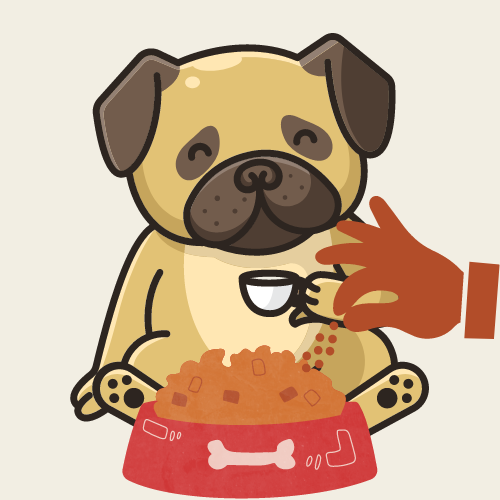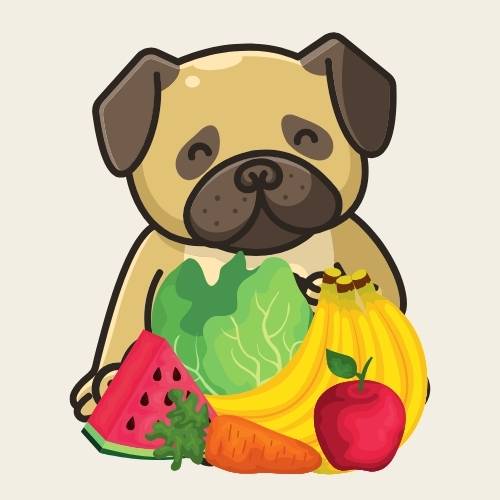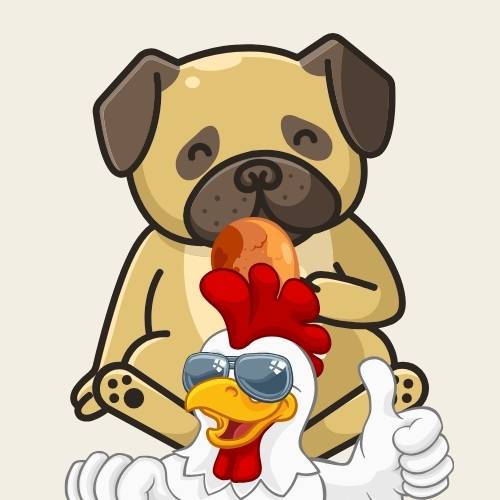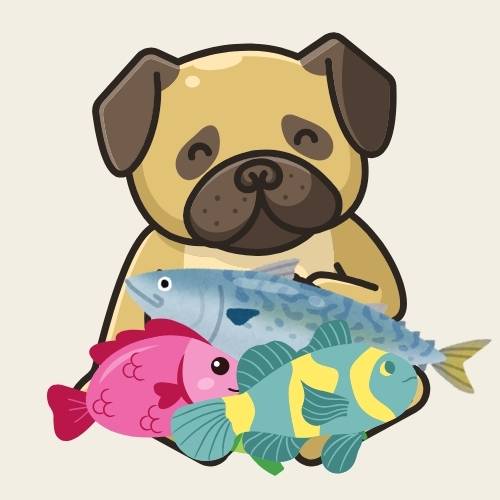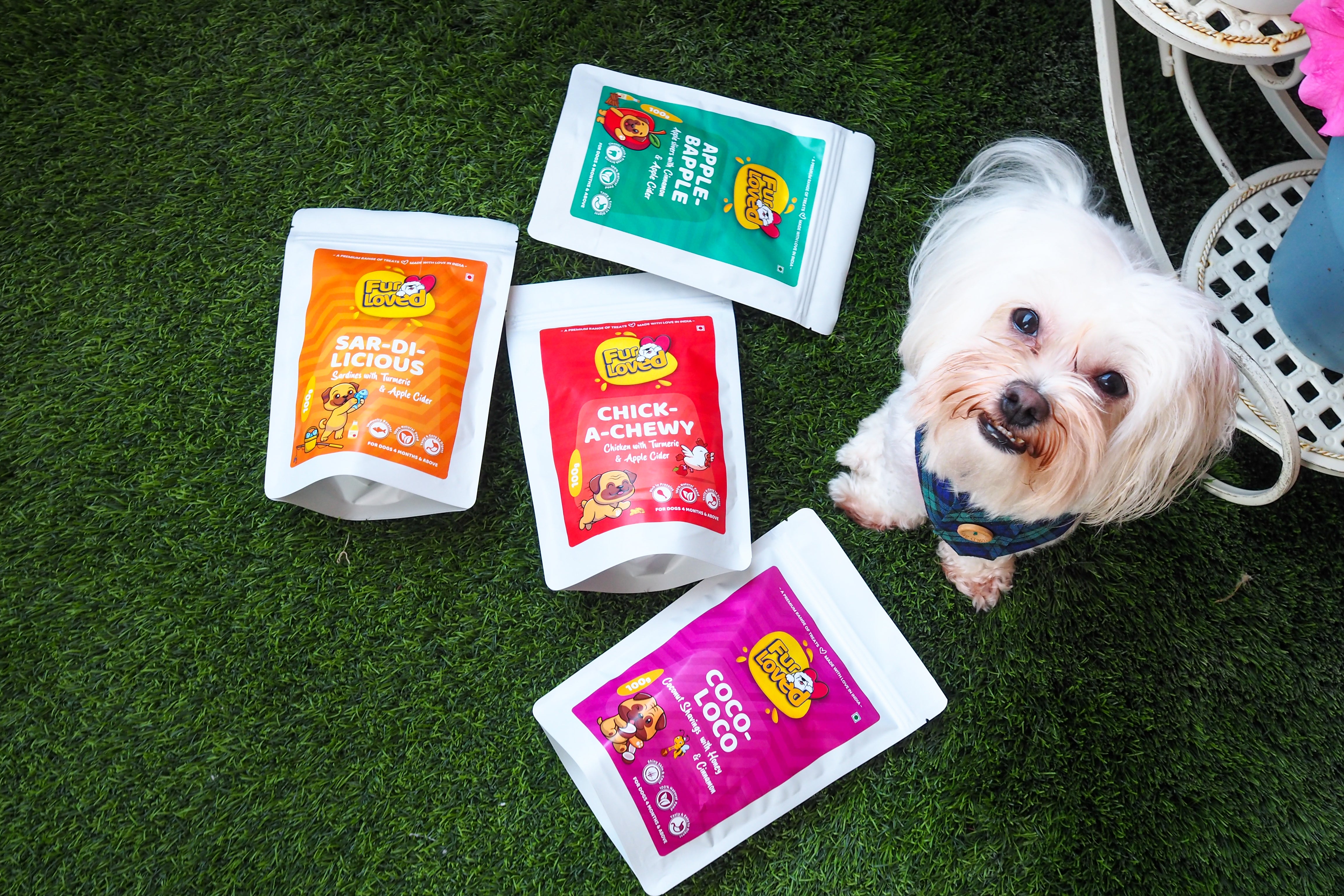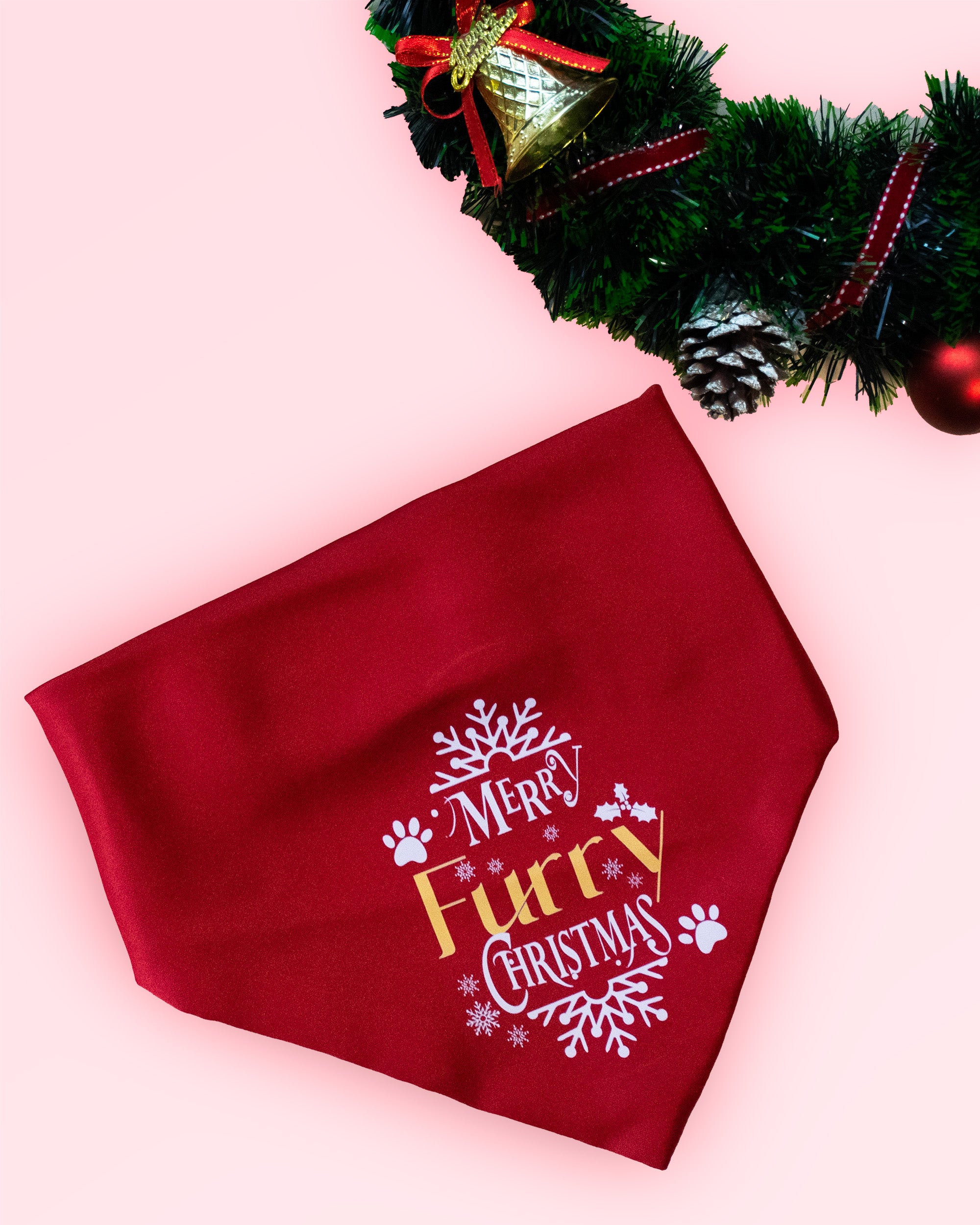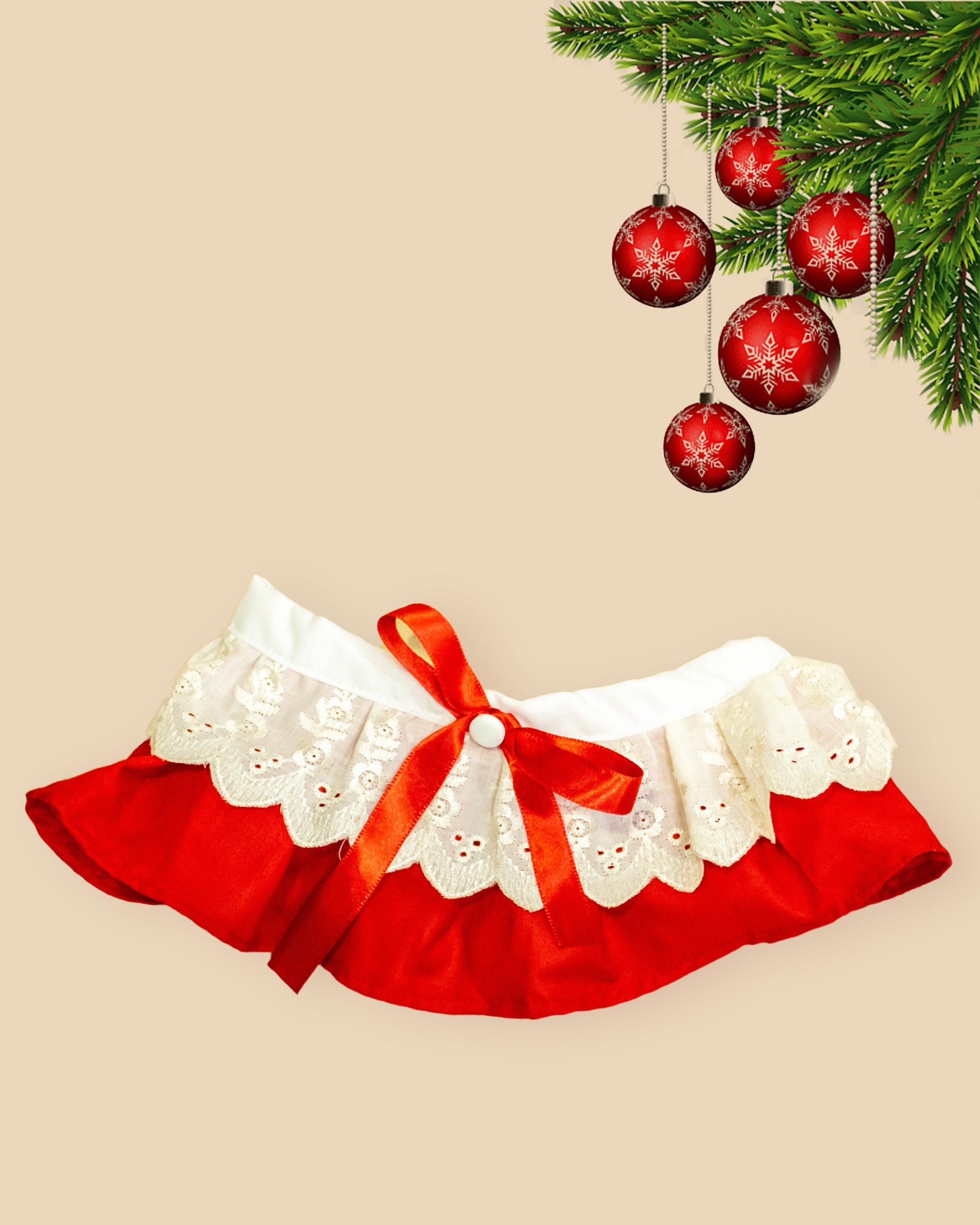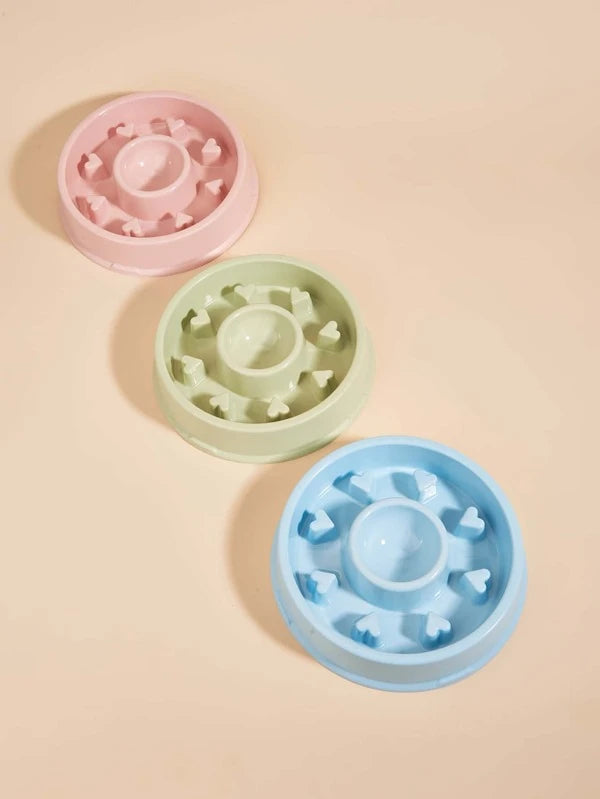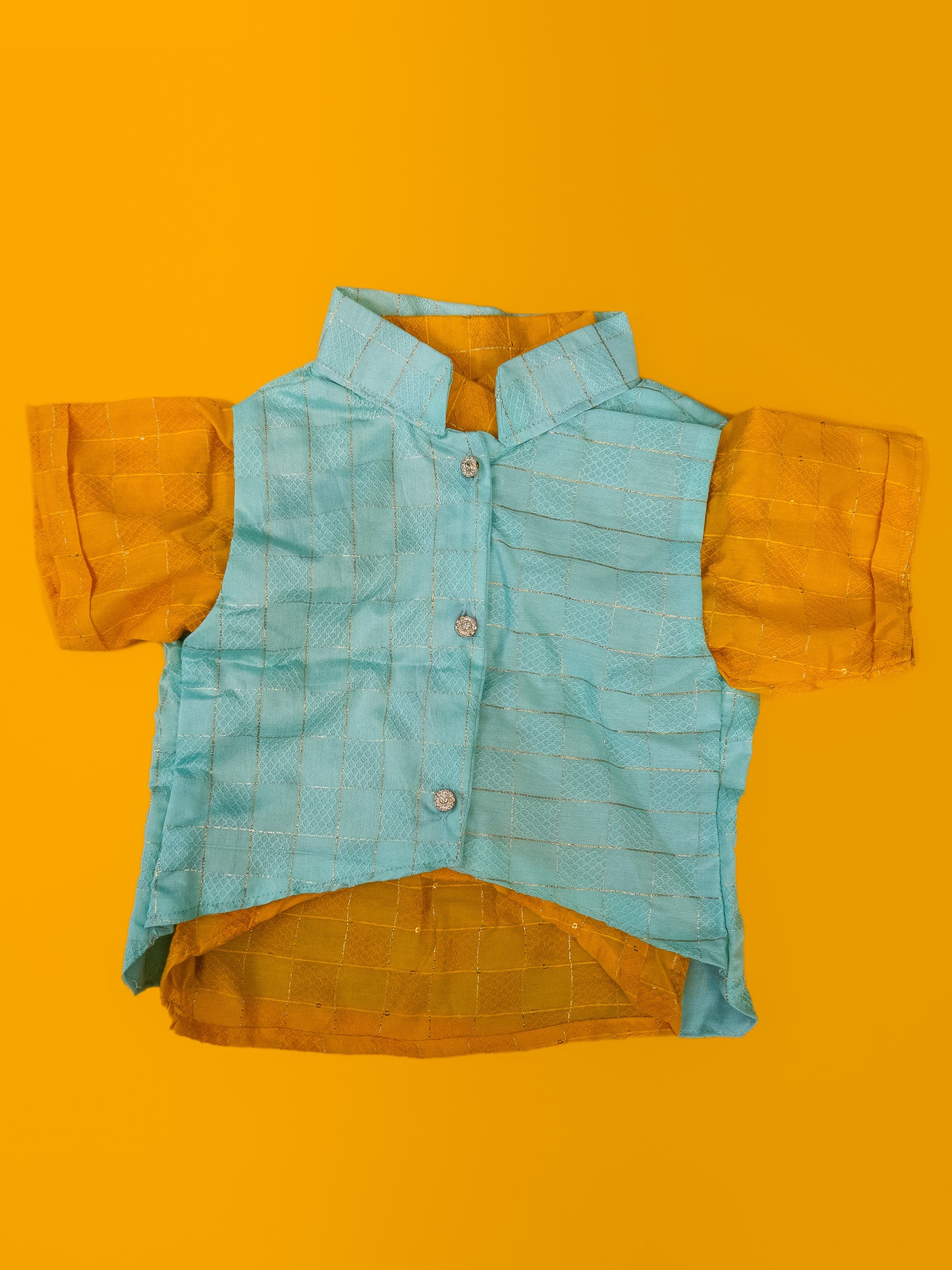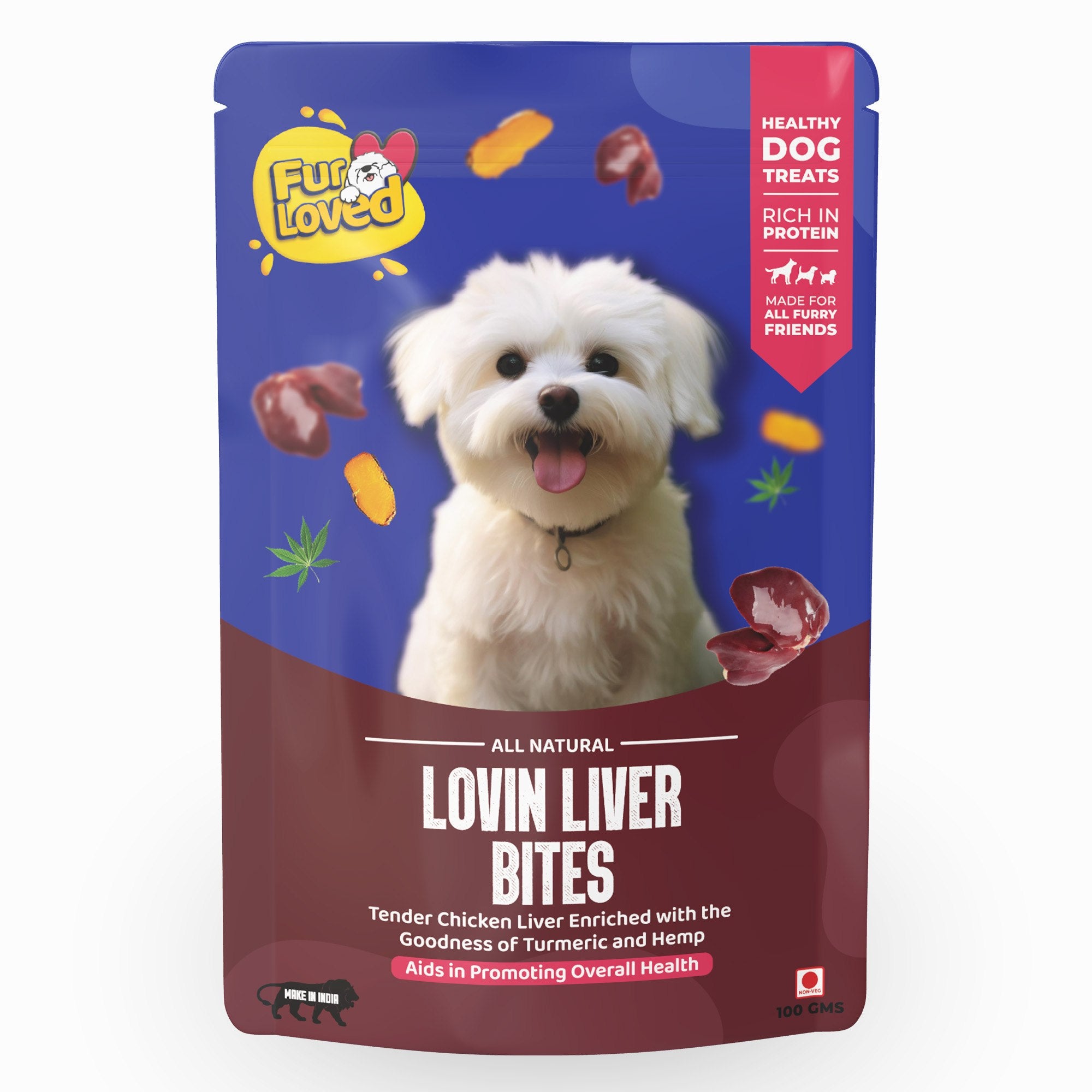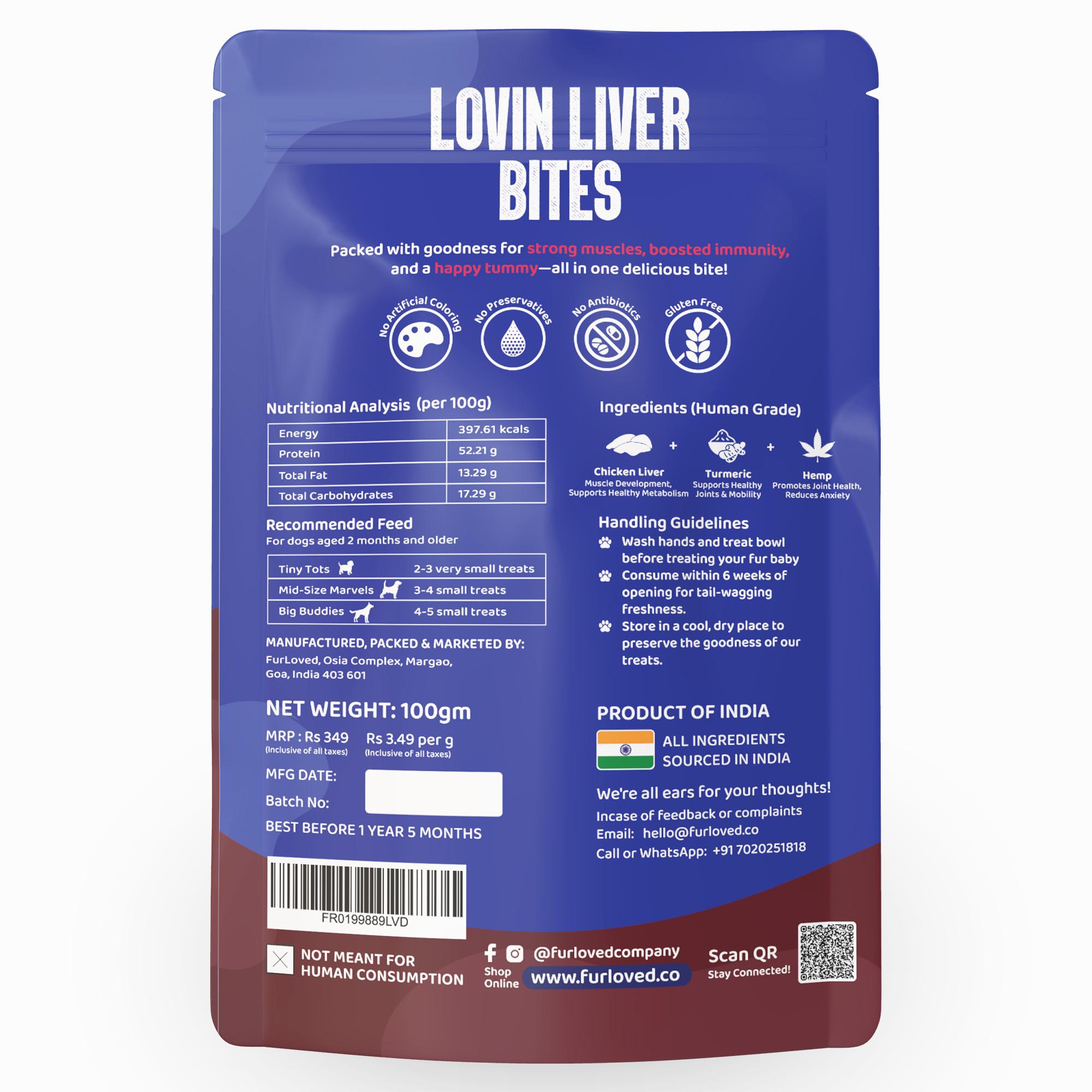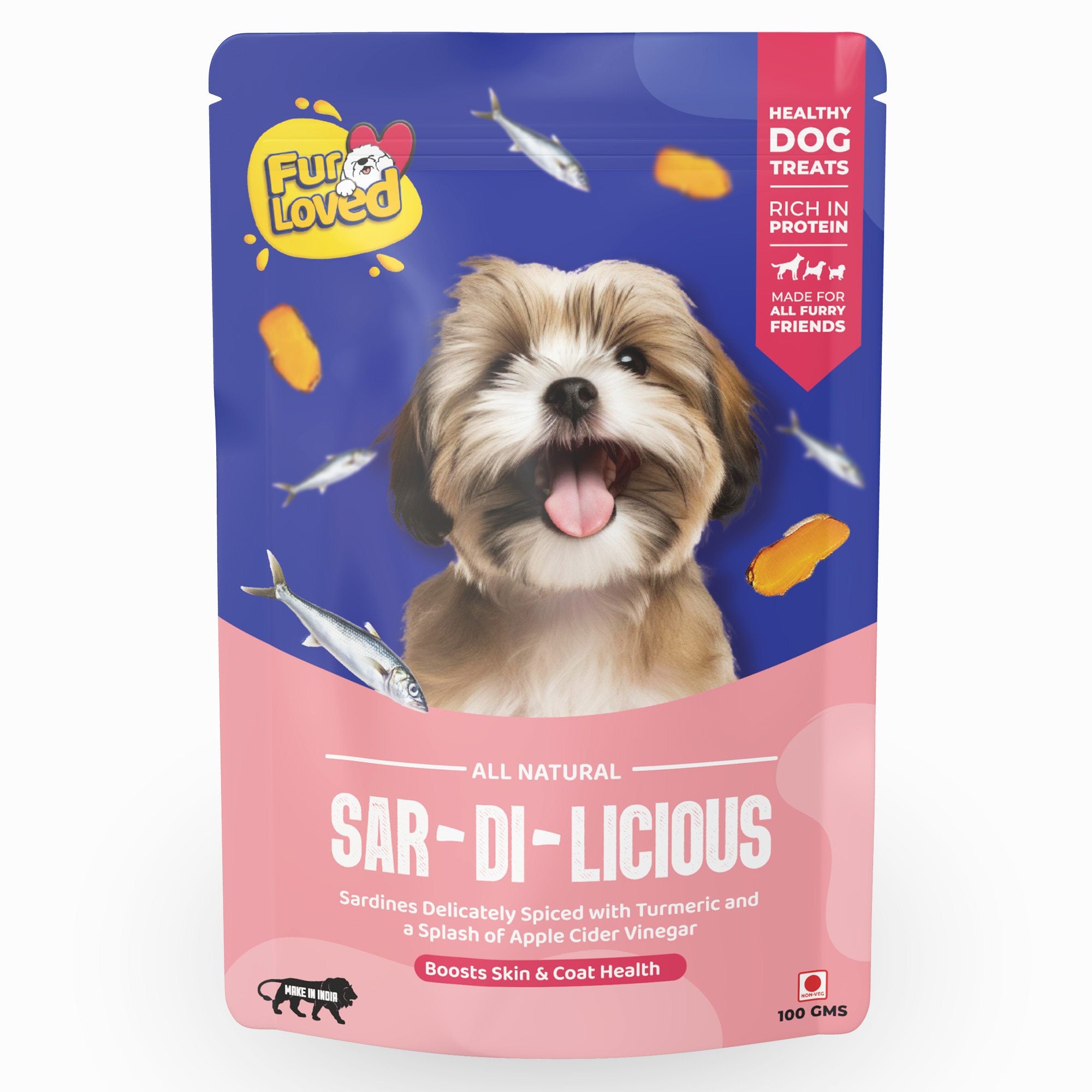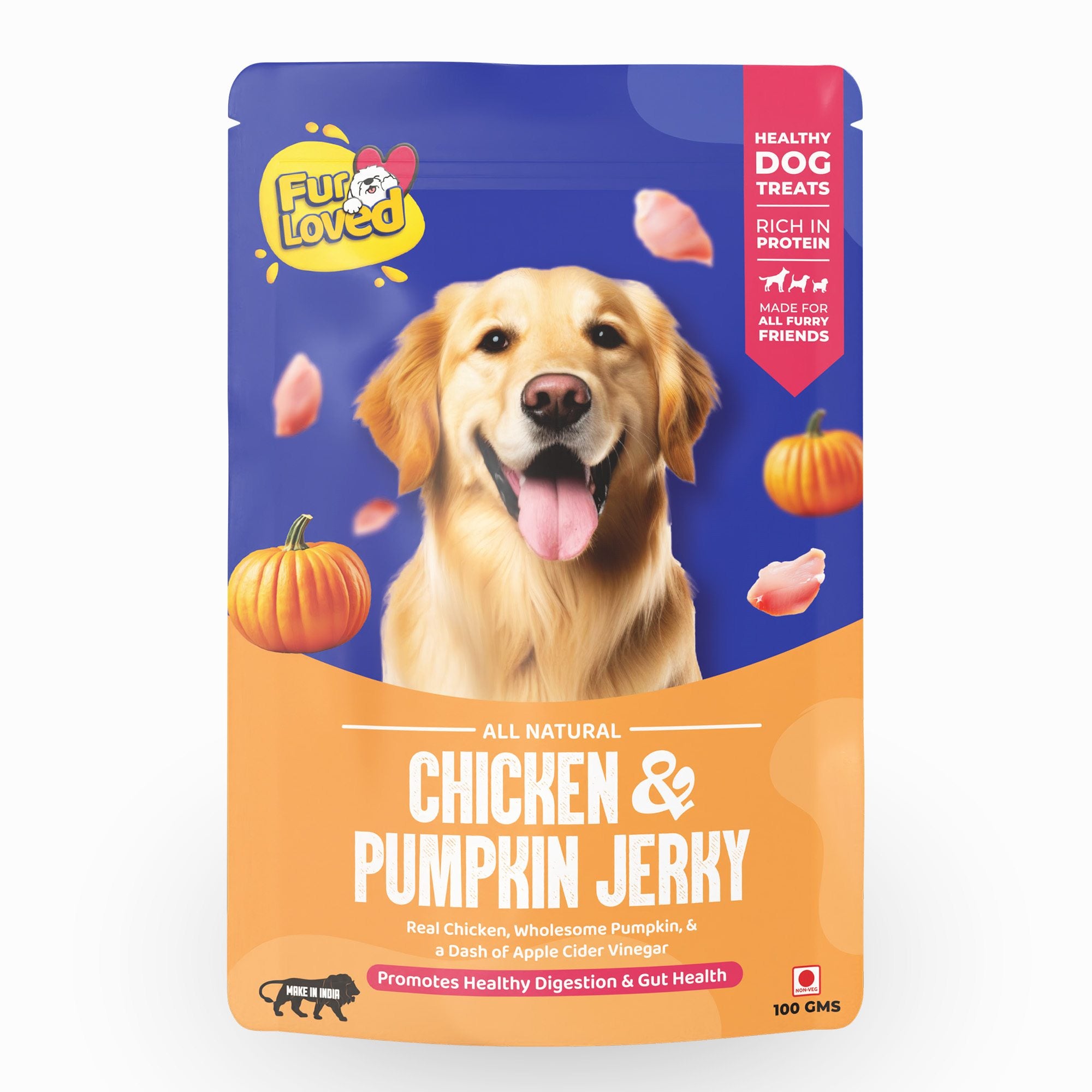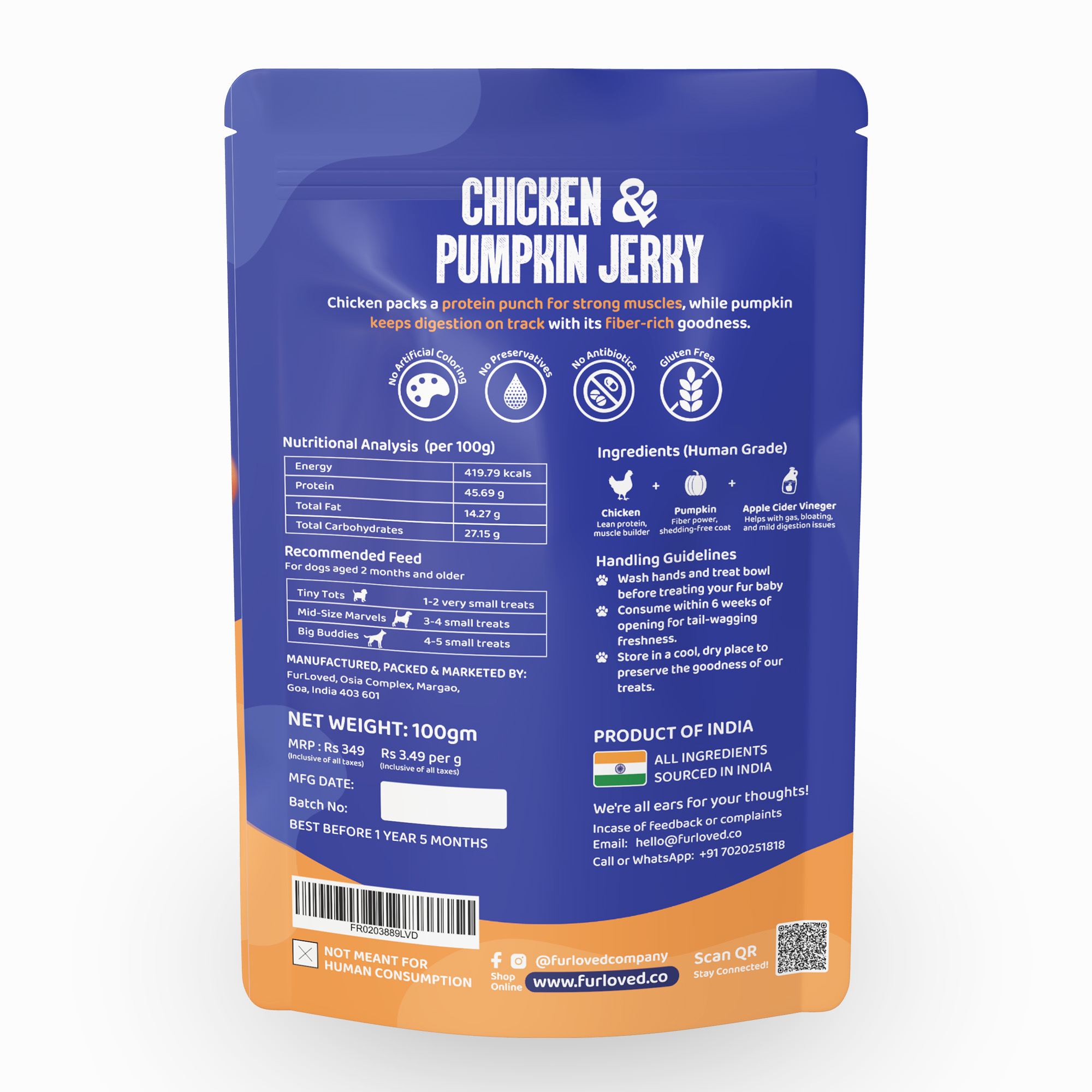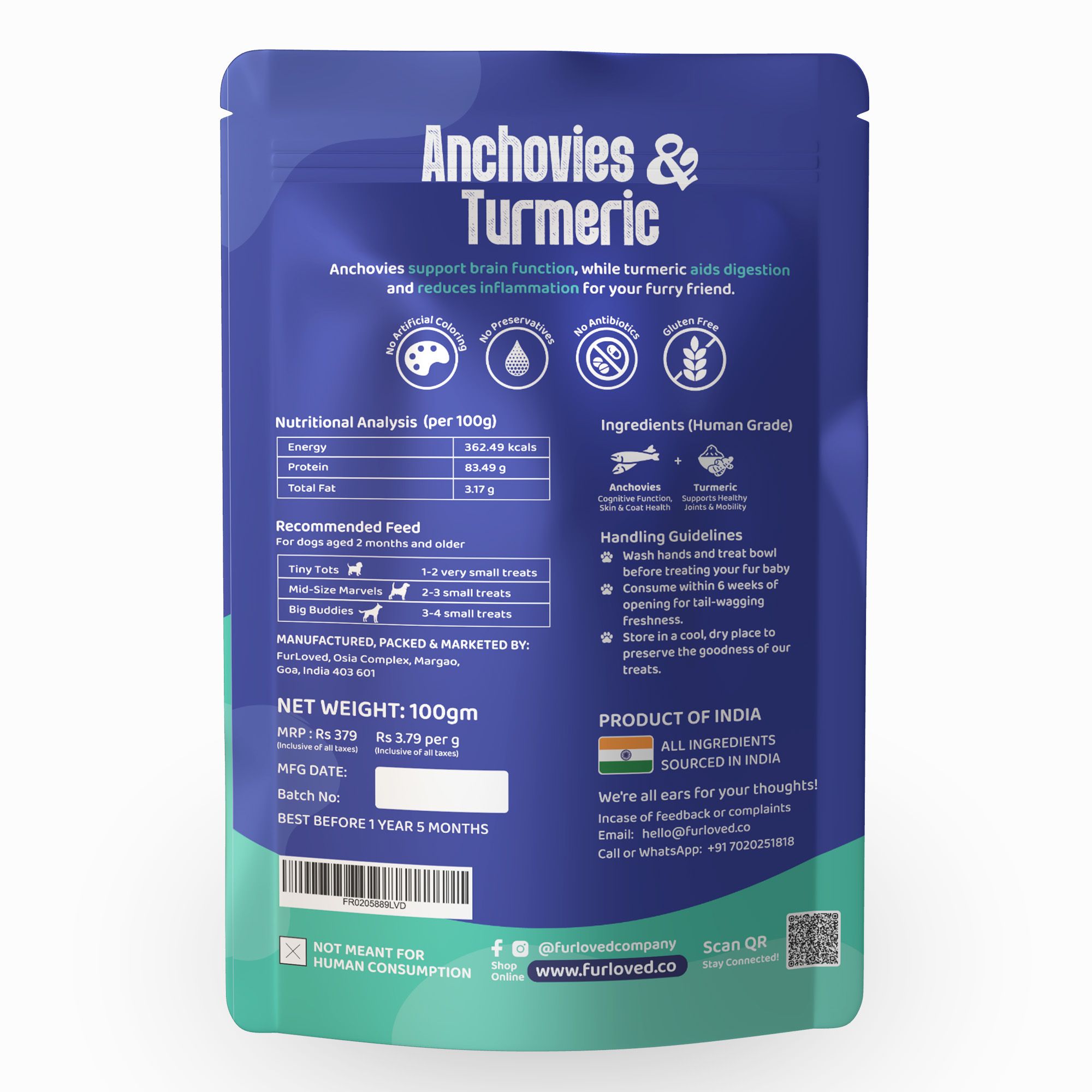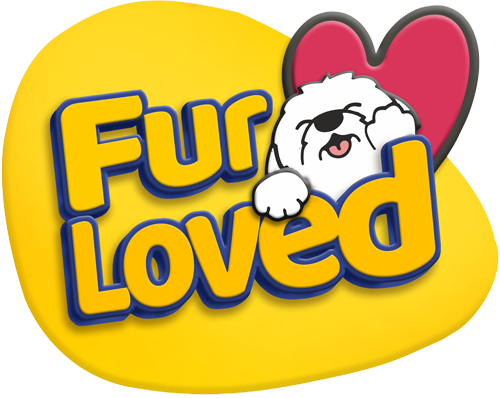Complete Guide to Pug Dog Food | Best Nutrition for Pugs
Pugs are known for their charming wrinkles, playful personalities, and their love for food. However, these small, sturdy dogs have specific nutritional needs that, if not met, can lead to various health issues, including obesity, joint problems, and respiratory difficulties. This guide will walk you through everything you need to know about feeding your pug, from choosing the best dog food to understanding the right diet strategies. Whether you’re considering commercial options like FurLoved Dog Food or homemade meals, this comprehensive blog will help you make informed decisions
1. Understanding Pug Dog Food Requirements
Every dog breed has unique nutritional requirements, and pugs are no exception. Due to their brachycephalic nature (short-nosed and flat-faced), they often have difficulty chewing and digesting food, making it essential to choose a diet that caters specifically to these needs.
Caloric Intake and Obesity Prevention
Pugs have a tendency to gain weight quickly, which can lead to severe health issues. On average, an adult pug requires around 30 calories per pound of body weight per day. Monitoring your pug’s caloric intake is crucial to avoid obesity, which can exacerbate respiratory issues and lead to joint problems.
Essential Nutrients for Pugs
- Protein: High-quality protein is essential for maintaining muscle mass and overall health. Look for dog food that lists meat as the first ingredient.
- Fats: Healthy fats, like omega-3 and omega-6 fatty acids, are necessary for skin health, a shiny coat, and providing energy.
- Carbohydrates: While carbs are an energy source, they should be balanced to avoid unnecessary weight gain.
- Vitamins and Minerals: A balanced diet should include essential vitamins and minerals to support immune function, bone health, and overall vitality.
2. Best Dog Food for Pugs
FurLoved is a popular choice among pug owners. This dog food is specifically formulated for pugs, taking into account their unique jaw structure, which makes it easier for them to pick up and chew the kibble. It also supports healthy skin, reduces shedding, and helps maintain an ideal weight
Choosing the Best Dog Food for Pugs
When selecting commercial dog food, it’s essential to choose one that meets the specific needs of pugs. Look for:
- High-quality proteins: Chicken, lamb, or fish should be the first ingredient.
- Limited fillers: Avoid foods with excessive corn, wheat, or soy, which can lead to allergies and weight gain.
- Added supplements: Look for foods fortified with glucosamine and chondroitin for joint health, especially important for pugs.
3. Homemade Dog Food for Pugs: Is It a Good Option?
Many pug owners opt for homemade dog food to control the quality of ingredients and tailor the diet to their dog’s specific needs.
Benefits of Homemade Dog Food
- Ingredient Control: You can choose high-quality, fresh ingredients.
- No Fillers: Homemade meals don’t contain unnecessary fillers found in some commercial dog foods.
- Customization: Diets can be tailored to address specific health issues, such as allergies or weight management.
Simple Homemade Dog Food Recipe for Pugs
- Ingredients:
- Lean ground turkey or chicken
- Brown rice
- Carrots and peas (cooked)
- Fish oil supplement (for omega-3 fatty acids)
- Preparation:
- Cook the meat thoroughly and mix with cooked brown rice and vegetables.
- Add a fish oil supplement before serving.
4. Feeding Guidelines: How Much Food for a 3-Month-Old Pug?
Feeding a pug puppy requires careful attention to ensure they get the nutrients they need for healthy growth.
Feeding Schedule for Pug Puppies
At this age, puppies should be fed 3-4 small meals throughout the day. Each meal should be rich in protein and essential nutrients to support their rapid growth.
Portion Sizes and Adjustments
The portion size depends on your pug puppy’s weight and activity level. It’s important to monitor their weight and adjust the portion sizes accordingly to avoid overfeeding.
5. What Food Do Pug Dogs Like the Most?
Pugs are known for their love of food, but they can also be picky eaters.
Popular Flavors and Textures
- Wet Food: Pugs often prefer wet food due to its strong aroma and palatability. However, a mix of wet and dry food can provide both taste and the dental benefits of kibble.
- Dry Food: Choose kibble that is easy for your pug to chew and digest. Smaller, softer kibbles are often better for pugs.
Introducing New Foods
When introducing new food to your pug, do so gradually. Start by mixing the new food with the old in small amounts, gradually increasing the proportion of the new food to avoid digestive upset.
6. What Type of Food is Best for Pug Dogs?
The type of food you choose for your pug will depend on their age, health condition, and personal preferences.
Dry vs. Wet Food
- Dry Kibble: Great for dental health and easy to store, but ensure it’s specifically designed for small breeds.
- Wet Food: Highly palatable and hydrating, but can be more expensive and should be supplemented with dental chews to maintain oral health.
Raw vs. Cooked Food
- Raw Diet: Some owners opt for a raw diet, but it requires careful planning to ensure it’s nutritionally balanced.
- Cooked Food: Homemade cooked meals can be a safer alternative to raw diets, providing the benefits of fresh food without the risks of pathogens.
7. When Should You Switch Pugs to Adult Food?
As your pug grows, their nutritional needs will change. It’s important to transition them from puppy food to adult food at the right time.
Transitioning to Adult Food
- Age: Most pugs can be transitioned to adult food between 9-12 months of age.
- Signs: If your pug is gaining too much weight on puppy food, it might be time to switch to adult food with lower caloric content.
Gradual Transition
Start by mixing the adult food with the puppy food, gradually increasing the amount of adult food over a week to ensure a smooth transition without digestive issues.
Conclusion: Crafting the Perfect Pug Diet
Feeding your pug the right food is crucial for their health and happiness. Whether you choose commercial options like FurLoved Dog Food or opt for homemade meals, the key is to provide a balanced diet that meets all their nutritional needs. Remember to monitor their weight, adjust portions as needed, and consult with your vet to ensure your pug stays in peak condition.
By following these guidelines, you can ensure that your pug enjoys a long, healthy life, filled with delicious and nutritious meals. Don’t forget to check out our specially curated treats at Furloved that your pug will love!
